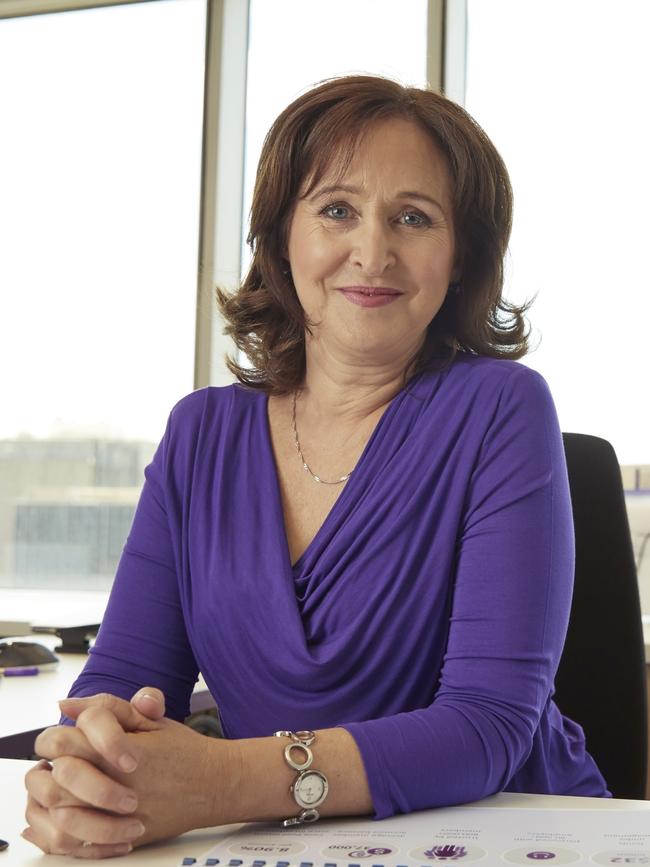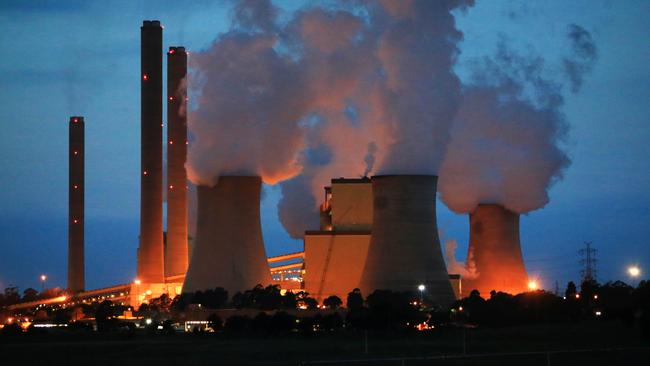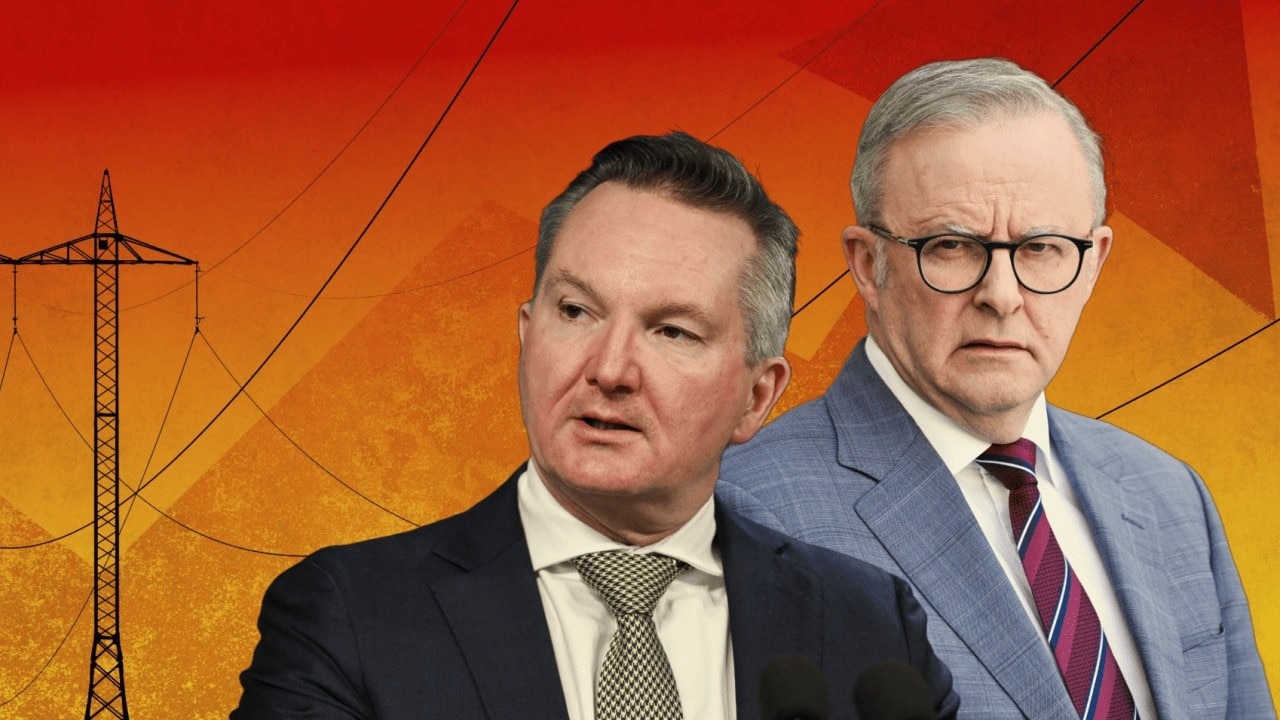
ASX-listed Sezzle, in the final stages of a merger with bigger buy now, pay later rival Zip Co, is slashing employee numbers, most whom are based in the US. Zip has also promised investors to cut headcount to trim costs across the now much discounted deal. In just three months Sezzle’s merger price tag has imploded to $186m from $491m.
Elsewhere, the Afterpay side of the $39bn Block merger is feeling the brunt of the cost savings as it is folded into the Jack Dorsey payments major. The mood has changed from this time last year when it was a race among start-ups over who could put on the most staff.
The saying that there’s no such thing as a cheap tech stock rings truer than ever.
At the end of December the Swedish-based Klarna was broadly the size of Afterpay before its Block deal. The privately owned Klarna had the equivalent of $1.5bn in assets and generated revenue of a little over $1bn.

The land grab for buy now, pay later market share meant Klarna had posted a string of losses, including last year’s $100m loss, giving it a return on equity of negative 53.1 per cent. It is in the process of raising another $US1bn ($1.4bn) from investors.
CBA, which has a 4 per cent stake in Klarna, cut just over $200m from its valuation at the end of December before the worst of the tech rout hit. Further pain on the $2.5bn investment is expected to come when the bank rules off its accounts in five weeks when as much as a third could be sliced from the Klarna valuation.
As the cost of money goes up in the form of higher interest rates the main game for loss-making tech companies is cash preservation. Tech only gets momentum from funding rounds and now they are competing against a lot more assets promising higher long-term returns.
Tech veterans are comparing the shakeout to the early 2000s but calling this one crash 2.0. However, the dot.com crash was more violent when the Nasdaq was down 78 per cent from peak to trough through 2000. So far the Nasdaq is down 30 per cent as overvalued tech values reset from the era of cheap Covid money. The ASX All Technology index is off 37 per cent from last year’s peak. Digital currency bitcoin, the proxy for all things in frontier tech, is off 55 per cent.
This is forcing an aggressive rethink from existing tech businesses around pursuing growth for growth’s sake. Instead the mantra from investors will firmly come down to growth for profit’s sake.
Social media platform Snap this week set the tech tone, issuing a profit downgrade due to rising US inflation, interest rates and cautioned it was slowing hiring. This saw its shares wiped out by 39 per cent in a single session.
Overnight Thursday Australian time, global investors are bracing for more hits when influential tech players with Google, Facebook/Meta and Elon Musk target Twitter, each holding annual meetings which are held Wednesday. Facebook owner Meta has recently said it plans to slow the pace of hiring. One bright spot remains that the real economy in the US is still strong, with recession fears still relatively low. In Australia no one is talking about a recession but more of a case of how to curb rising inflation. The benchmark S&P/ASX 200 is off just 6 per cent from last year’s peak with commodities insulating the market from deeper losses.
–
Hesta clout
Mike Cannon-Brookes’ green campaign to keep AGL Energy together has received a significant boost with confirmation of $68bn industry super major HESTA planning to vote against it.
HESTA’S actual clout is small with just $21m worth of shares or approximately 0.36 per cent of AGL’s market capitalisation.
But the public stand by HESTA’S boss Debby Blakey against the split has given shelter for other industry funds and significantly retail investors to follow. It looks increasingly likely the active holdings of the ESG-focused global fund giants BlackRock (6 per cent of AGL), Vanguard (6 per cent) and State Street (6.1 per cent) are likely to fall behind the tech billionaire’s efforts.
Others include veteran investor Geoff Wilson who has come out against the move. Wilson has a loyal army of retail investors behind him after going into bat to save franking credits in the 2019 federal election.
With Cannon-Brookes amassing an 11 per cent stake, he looks to be well down the path of securing the more than 25 per cent needed from other big shareholders to torpedo the vote. The high-profile campaign can also count on some support from AGL’s retail shareholders which make up a much bigger proportion of the share registry (50 per cent) than most large utilities. For example retail investors make up just 26 per cent of rival Origin Energy’s share registry.

While the battle is far from over and AGL’s chairman Peter Botten has never shied from a market stoush, the power generator is running out of time ahead of the June 15 meeting.
If AGL is forced to withdraw the vote, this could trigger the resignations of several directors and more management instability.
HESTA mounted arguments for AGL to stop the spin out of its high polluting coal-fired power business at an economy wide level, rather than at a stock return level.
The stand by AGL comes after independent expert Grant Samuel this month concluded the demerger was in the best financial interests of shareholders.
But HESTA, which has younger-skewing hospitality fund members, says a proactive transition to net zero emissions in Australia is in the best financial interests of its members.
The super major also remains unconvinced that AGL’s demerger push would put Australia on track to meet Paris-aligned targets, nor manage the risk of stranded assets.

Grant Samuel took a strictly company level view noting that AGL’s growing retail business was being financially penalised by debt and equity markets due to the company’s ownership of the coal-fired power stations. It also said the influx of renewables into the power grid means that vertical integration of retailers and generators no longer makes sense.
Focus on the demerger comes as Macquarie’s quant team has crunched the number on child entities following demergers which found they tend to underperform for at least six months following the split.
This week’s strong debut of the Tabcorp spin-off Lottery Corp appears to be the exception to the rule, while Woolworths drinks spin off Endeavour group has also traded well. But the history of 44 demergers in Australia show it is not until 12 months after the split, the child entity begins to perform more strongly.
A separate look by AGL’s independent expert Grant Samuel says the combined performance of demerged entities immediately after the split has been mixed with outperformance coming in the two years after the listing. However, all demergers are equal with market conditions and sentiment toward the sector the key driver.
“While some demergers create substantial value, others do not. In the end, the success of demergers depends on the specific circumstances of each case,” Grant Samuel says.
However in AGL’s case, this isn’t an ordinary demerger.
johnstone@theaustralian.com.au







The Commonwealth Bank-backed global buy now, pay later darling Klarna Bank is planning to cut 480 jobs or the equivalent of 10 per cent of its global workforce.